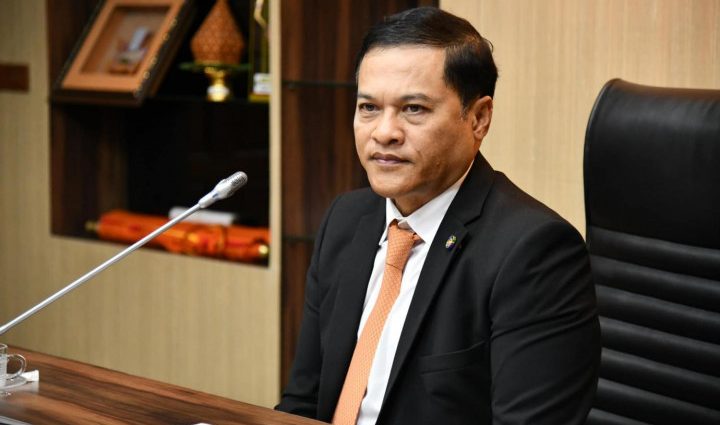
A top education official on Friday voiced disagreement with a resolution by the Council University Presidents of Thailand (CUPT) that allows students to dress more casually when sitting their university entrance exams.
Atthaphon Sangkhawasee, the permanent secretary for education, cited discipline as the main reason why he has taken issue with the CUPT’s decision to relax school uniform rules for those taking the Thai University Central Admission System (Tcas).
Mr Atthaphon said the uniforms are closely tied to student behaviour, discipline, responsibility, and morality. He insisted these values must be instilled in students to help them grow into responsible adults.
There has been a tug of war about the issue of school uniforms lately, with student activists calling on schools to not make them compulsory.
In its announcement on entrance exams for the 2023 academic year, the CUPT allows students to wear attire that is deemed casual but appropriate. However, they cannot dye their hair or colour their nails. They are no longer required to wear clothes associated with their birth gender, either.
Assoc Prof Sommai Piewsa-ard, the rector of Rajamangala University of Technology Thanyaburi, expressed support for the relaxation of the uniform rules, saying this should help ease students’ stress.
He said universities have their own regulations which students are obliged to follow and the change in uniform policy for the entrance exams would not likely result in a lack of discipline or bad behaviour.
Assoc Prof Sommai said universities are tasked with providing knowledge and skills to students so they can contribute to national development.
Prof Dr Pongrak Sribunditmong- kol, the rector of Chiang Mai University, also supported the new move, saying that it gave the students greater flexibility as well as details about what is considered appropriate attire.
Assoc Prof Chalee Charoenlarpnopparat, manager of the Tcas, said the CUPT had received many requests about dress code, so it had relaxed the rules.
He said students can wear school uniforms, with or without the emblems of their schools, as well as more casual attire such as polo shirts, trousers, knee-length skirts, or closed-toe shoes.
When registering for the entrance exams, students can opt to sit either a paper- or computer-based version, and choose from among five exam venues, he said.

